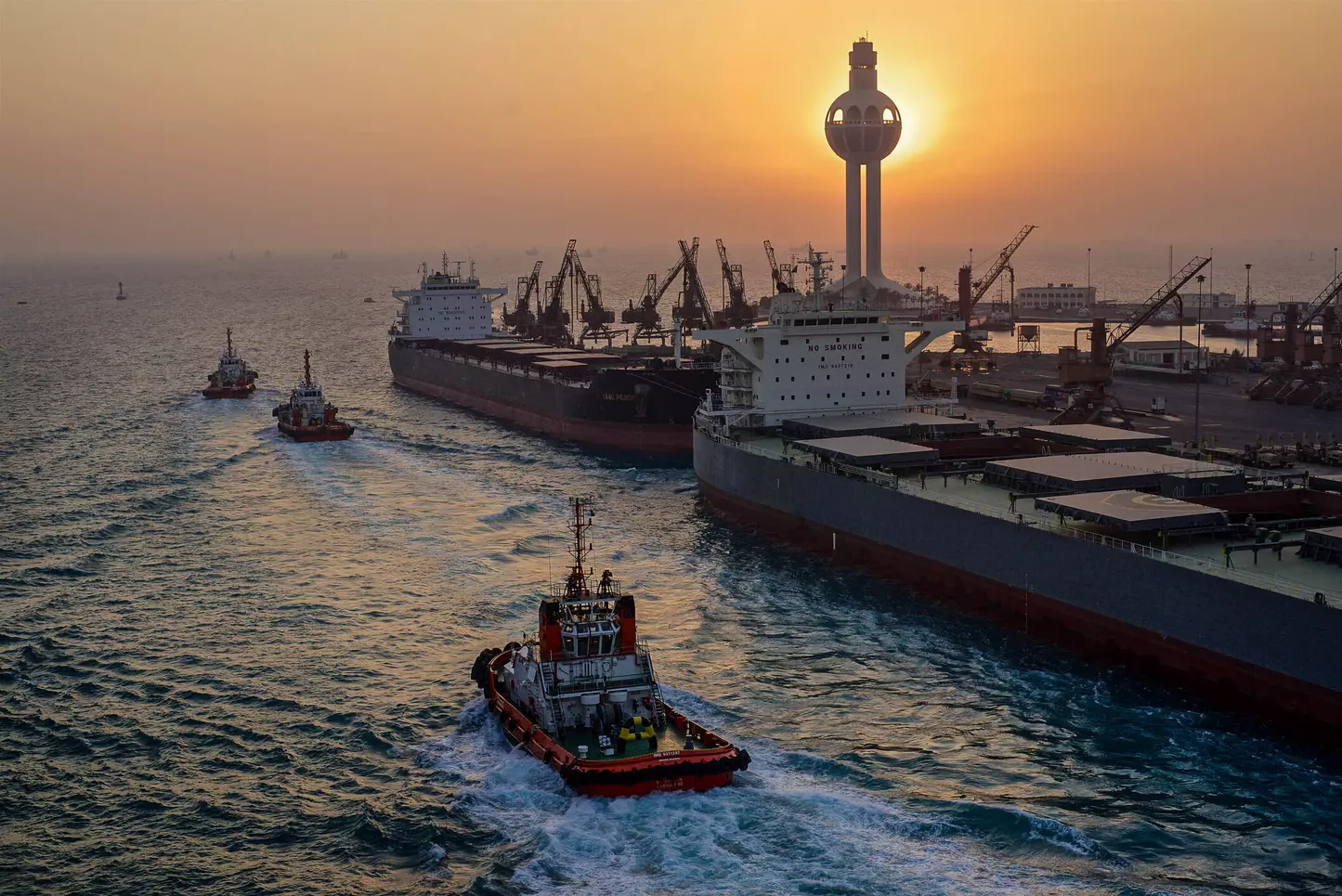Due to international conflicts and pandemic emergency, seas and oceans are today more than ever very important on geopolitics terms. In the Middle East especially a great power scramble for the Red Sea region is witnessed, as recent geopolitical events have boosted the strategic relevance of the area, between great power politics and regional rivalries.
Since the opening of the Suez Canal in 1869, the strategic importance of the Red Sea has gone up considerably. The Suez Canal links the Red Sea with the Mediterranean Sea and is one of the most important arteries of global trade. Last year, when a giant container ship was stuck in Suez Canal, it sent shock waves across the world economy. The Red Sea remains an important cog in the wheel of the Belt and Road Initiative by China. The recent great power scramble in the Red Sea is a reminder of the region’s continued importance for the world, and not just for trade.
Just from a quick international overview, the US recently established a new multinational task force to focus on preventing the smuggling of arms and narcotics in and around the waters of Yemen together with the Iranian decision to bolster its presence in the Red Sea region point to opposite trends that may intensify the geopolitics of the Red Sea. The establishment of the US Combined Task Force to focus on international maritime security and capacity-building efforts in the Red Sea, Bab al-Mandeb, and the Gulf of Ade, seeks to balance regional recalibrations with the US own interests in the region, in the strategically important waters of the Western Indian Ocean. The establishment of the quadrilateral group of India, Israel, the United Arab Emirates (UAE), and the US, known as I2U2, opens up opportunities for these states to work together in the Red Sea region. From another side, Israel’s Defence Minister Benny Gantz has voiced concerns about the Iranian military presence in the Red Sea region. Post-2015, as the war in Yemen intensified, the growing Iranian military presence, partly to support the Houthi rebels, in the Red Sea region has become a matter of concern for the Arab states and Israel. The Iranian nuclear programme and aggressive regional policies across the Middle East have sharpened strategic rivalries with regional states such as Saudi Arabia and the UAE.
In the last few years, global and regional players have established their military bases in the littoral states of the Red Sea. The Red Sea has now seven littoral states: Egypt, Sudan, Eritrea, and Djibouti form the western flank whereas Saudi Arabia and Yemen make up the Eastern shoreline. Israel’s port of Eilat is located in the northeastern corner of the strategic waterway. Of these, Egypt, Israel, and Saudi Arabia are regional heavyweights in their own right whereas the other four states are weak, poor, volatile, and vulnerable. In such a region, it is no surprise to find the steadily growing involvement of the regional and global military players. Russia has announced plans to establish a naval base in Sudan whereas China holds a military base in Djibouti. The imperative to expand influence and establish a military presence in one of the key water bodies drives their efforts.
For China, the evacuation from Libya in 2011 and from Yemen in 2015 underscored the necessity of maintaining a forward operating base. The US base in Djibouti, close strategic relationship with Egypt, Israel, and Saudi Arabia and multinational efforts like the Combinated Maritime Forces (CMF) solidify its role in regional geopolitics. The presence of the US, China, and Russia in the Red Sea points towards the evolving reality of intensifying great power politics.
In the context of the war in Yemen, since 2015, the UAE and Saudi Arabia sought to limit the power of Iran-supported Houthis and also curb Iranian influence in the southern Red Sea region. They expanded their influence as well as military presence by building partnerships with Sudan, Djibouti, and Eritrea. Turkie wants to rebuild the port of Suakin in Sudan which will complement its presence in Somalia. The greater global and regional interest in the Red Sea has been leveraged by the regional states to draw maximum benefits. Djibouti survives on the rents paid by those who operate foreign military bases. Eritrea and Sudan have sought to end their isolation by engaging with regional players. However, the external involvement in the region has had adverse effects as well. Yemen has been torn apart by the civil war and regional rivalries. The proximity between the bases of the US and China in Djibouti has generated anxiety.
The step by the US to spruce up its strategic presence in the region has a twin objective: to change the perception that the US influence in the region may be waning and to assure friends like Saudi Arabia and the UAE that the US is not working at cross-purposes with them. Besides, the US also seeks their cooperation in increasing the oil output in the wake of the disruptions caused by the ongoing Russia–Ukraine war. The growing Iranian military presence coupled with the delays in reviving the Joint Comprehensive Plan of Action (JCPOA) and intensifying rivalries between Russia and the West does not augur well for regional security.
The decision of the US to boost its strategic presence in the Red Sea is also consistent with its post-Afghanistan scramble in the region. Iran’s strengthening of its Russia axis, its continued support to the Houthi rebels in Yemen and a faltering JCPOA have all contributed to a renewed push by the US in the region to reposition itself in a way that compliments its interests amidst rapidly changing regional calculus in West Asia, especially post the Abraham Accords. European countries look-like now out of the games.
The seas and the strategic positioning around them redesigned the global power of the world, measuring who is who.
